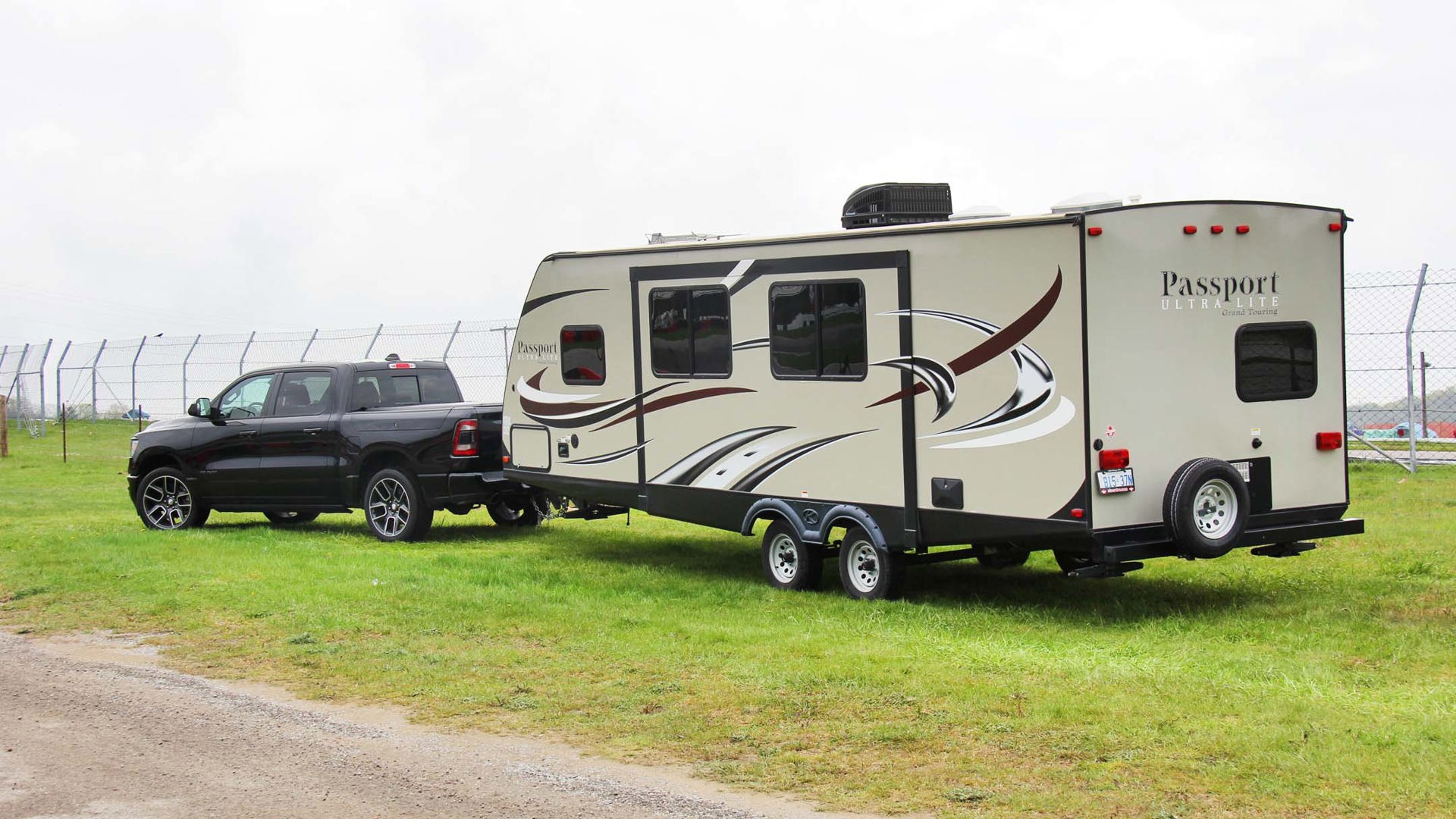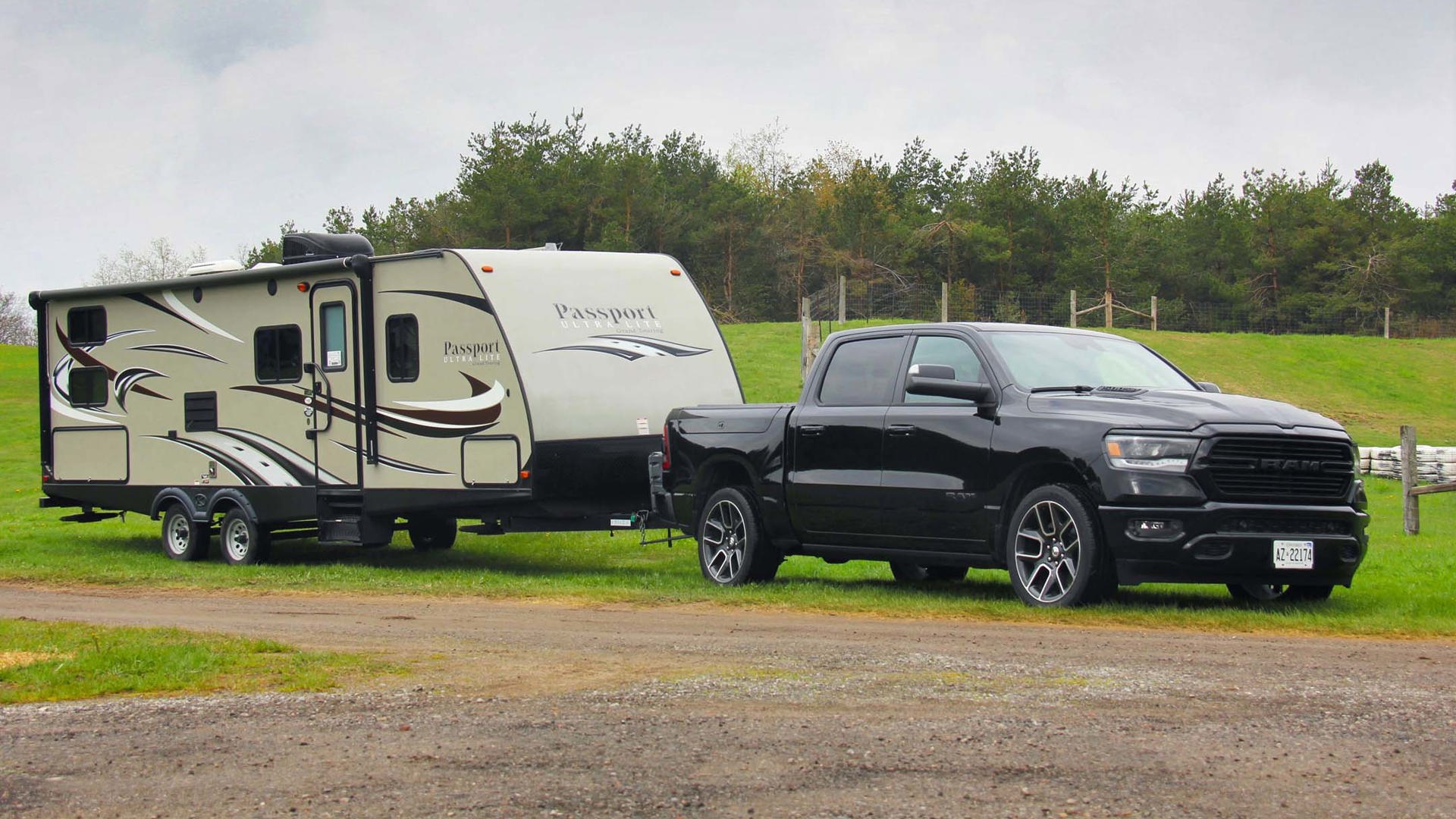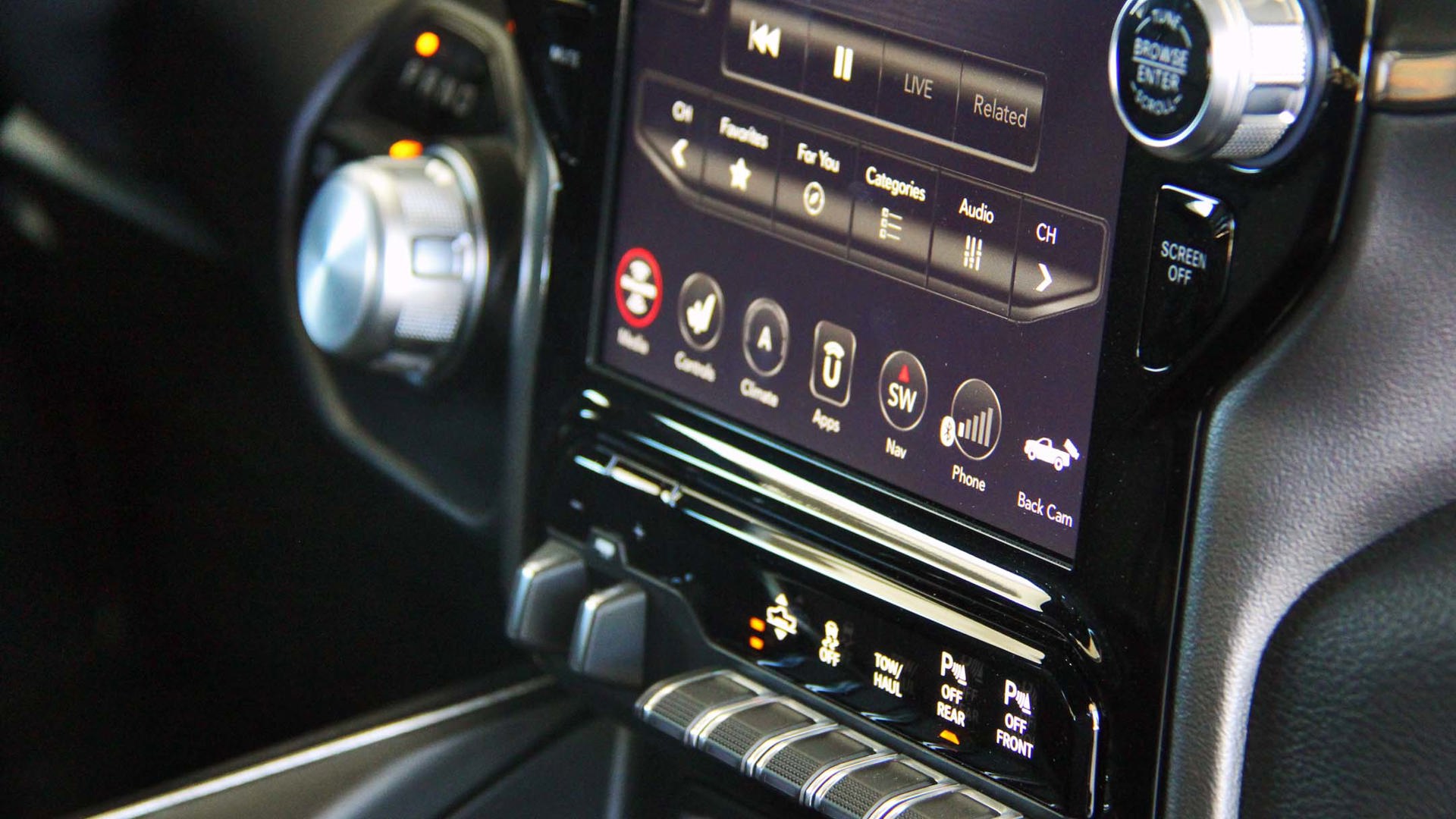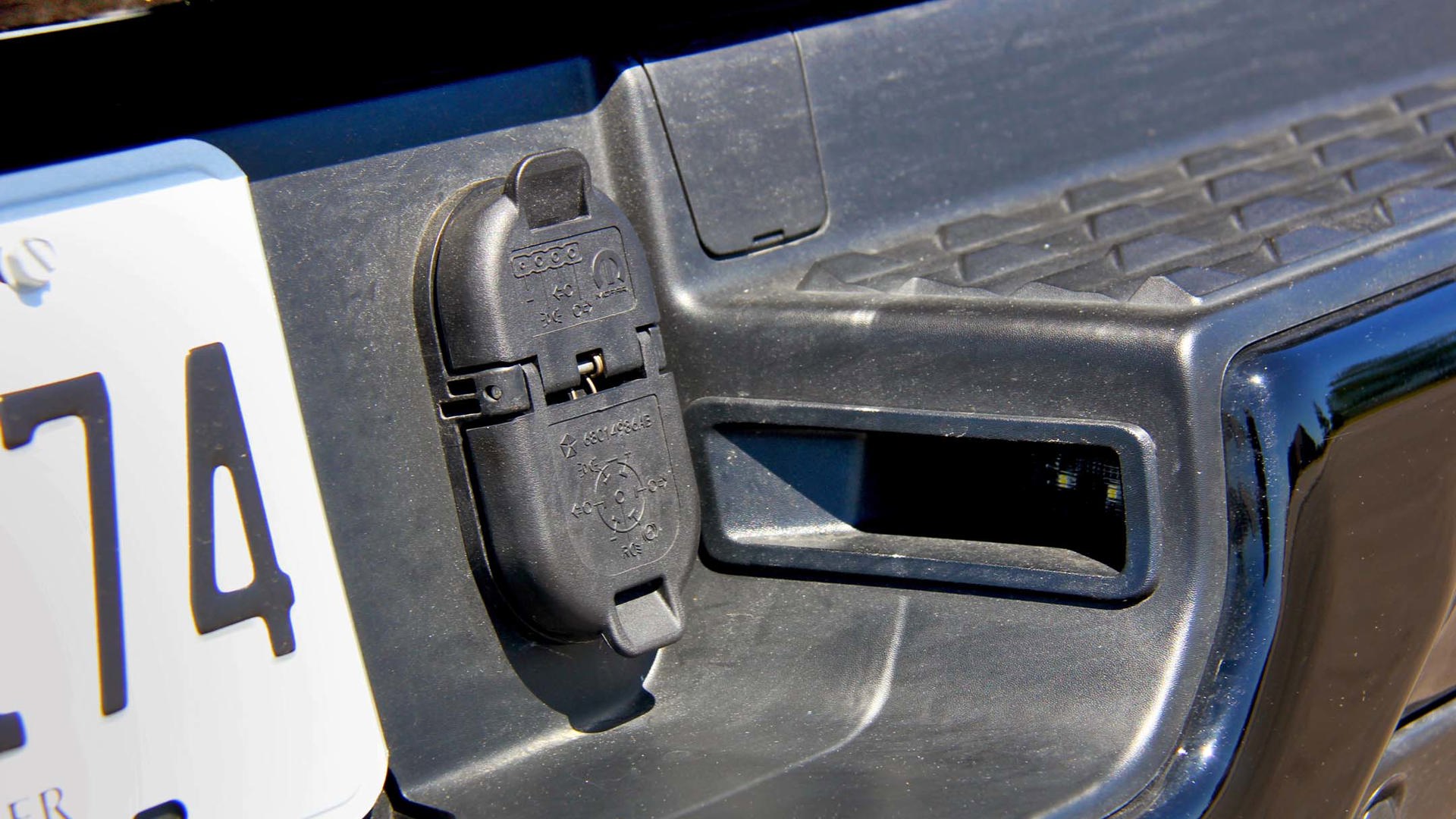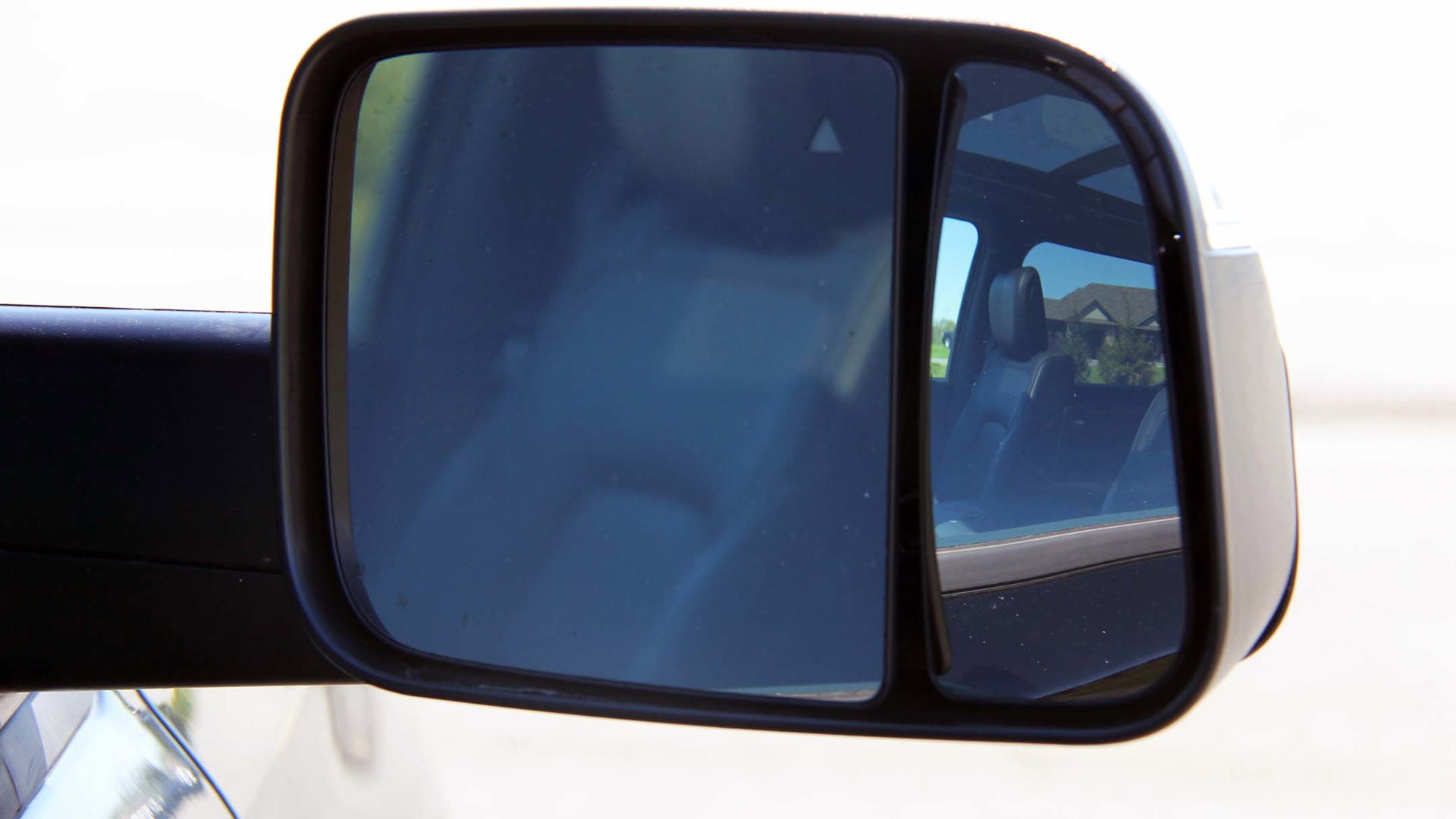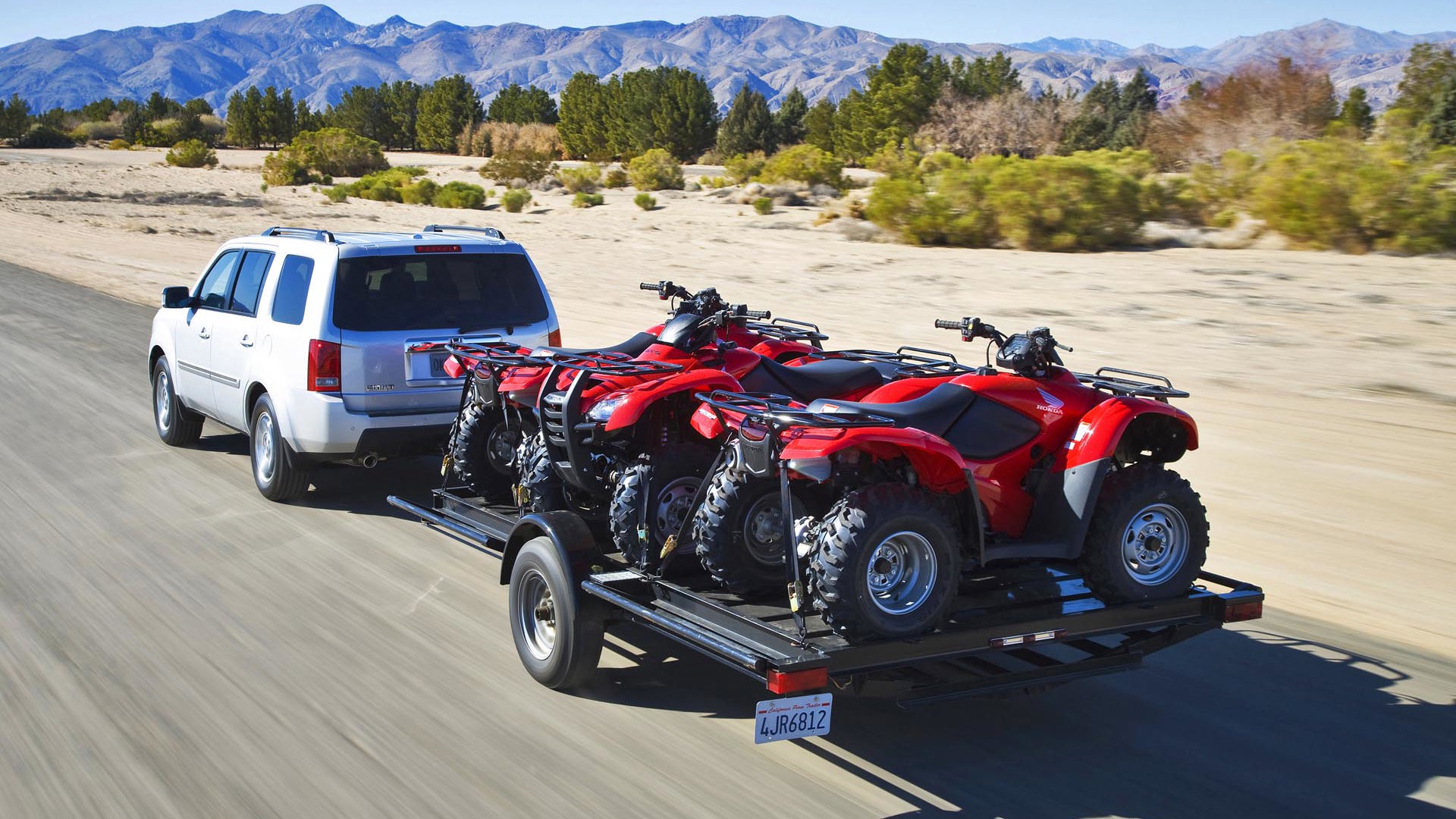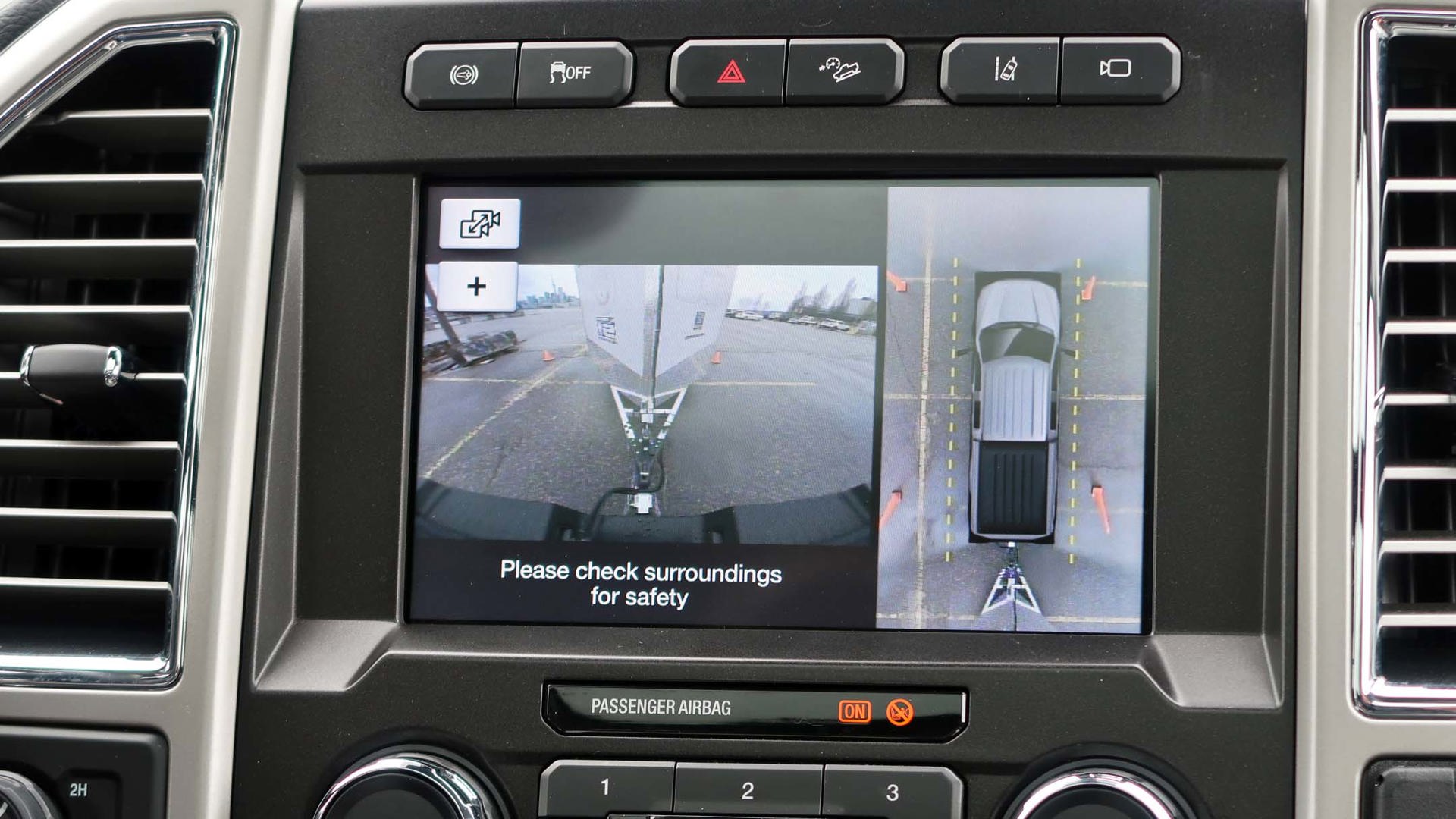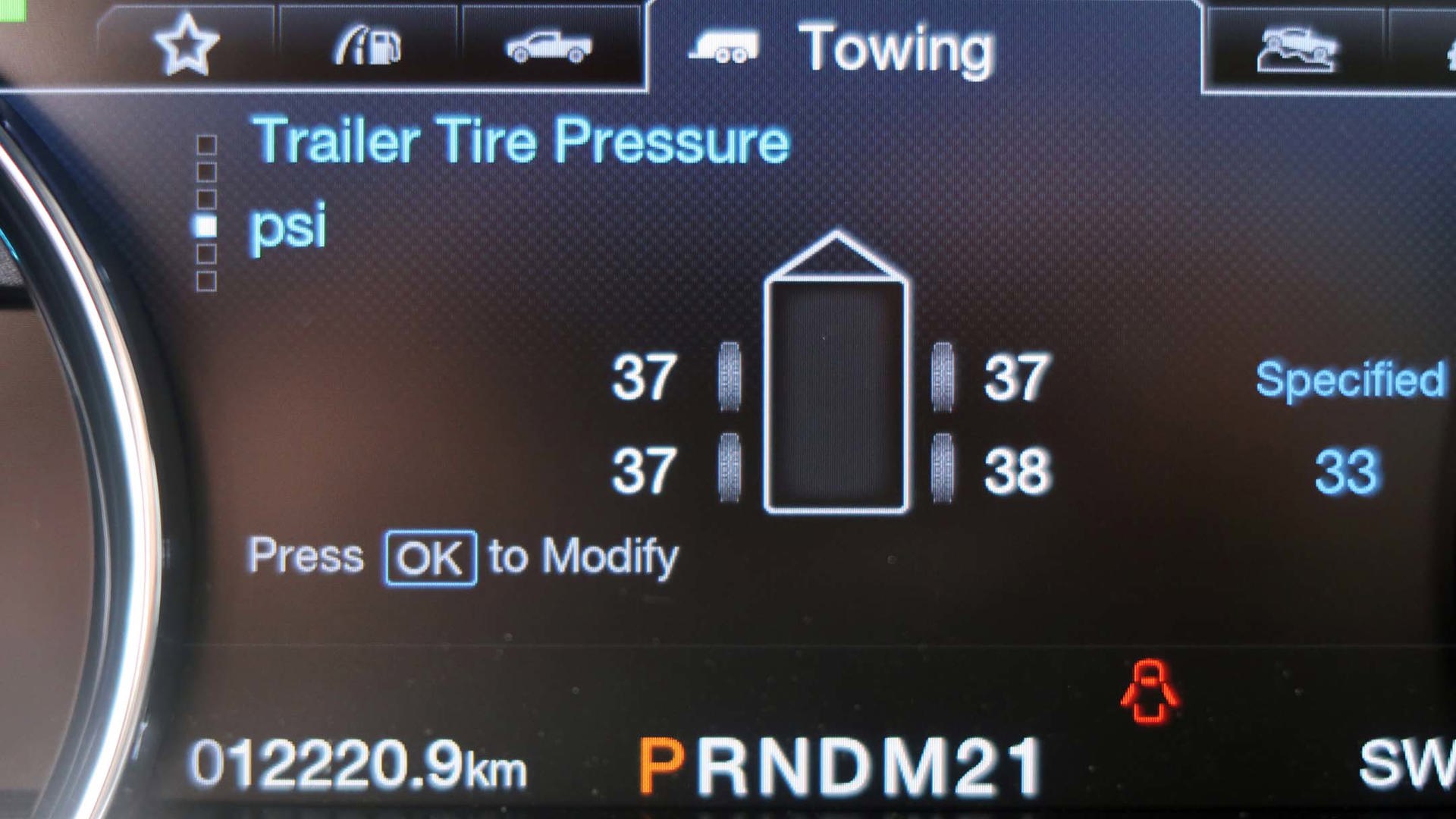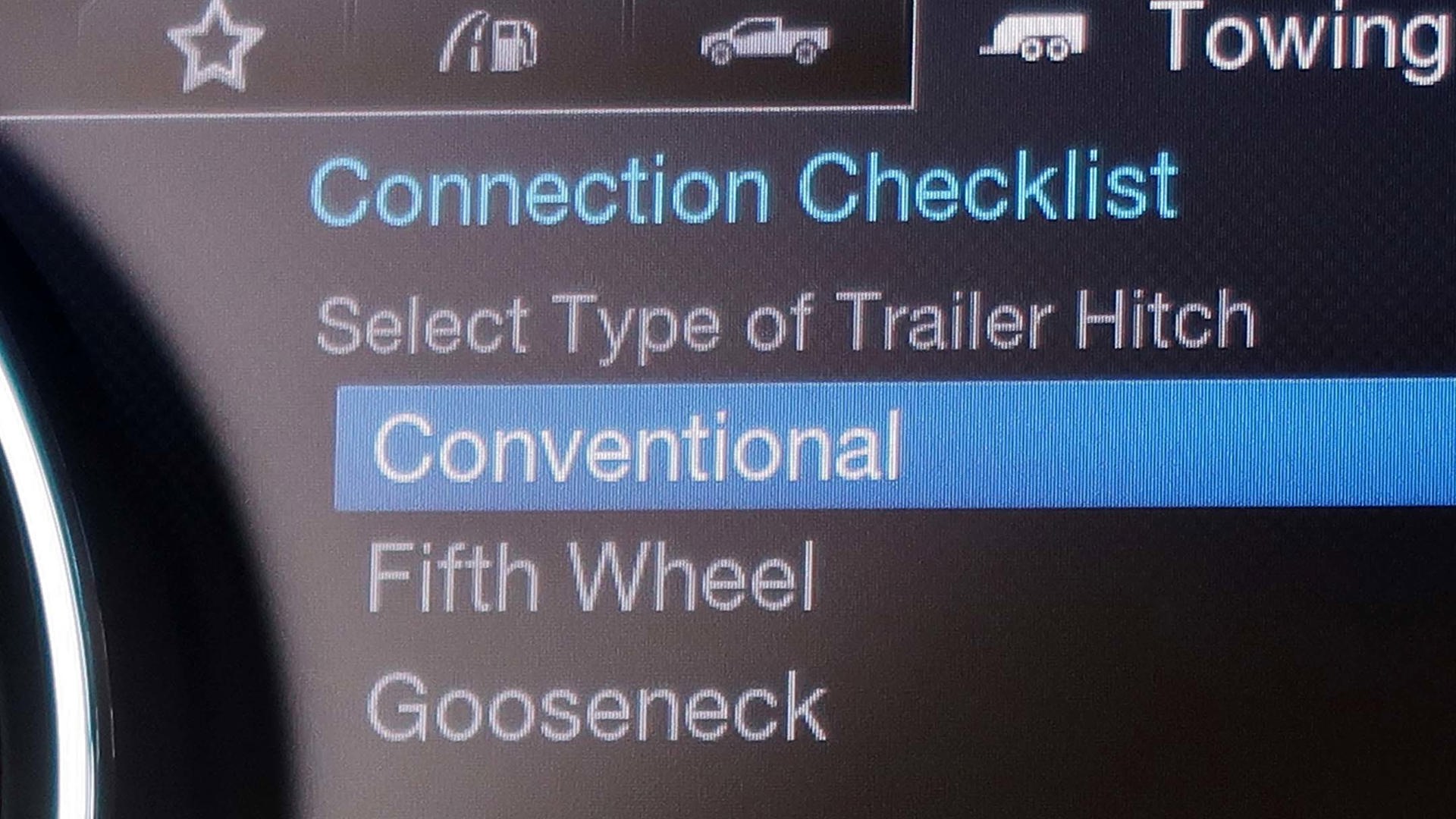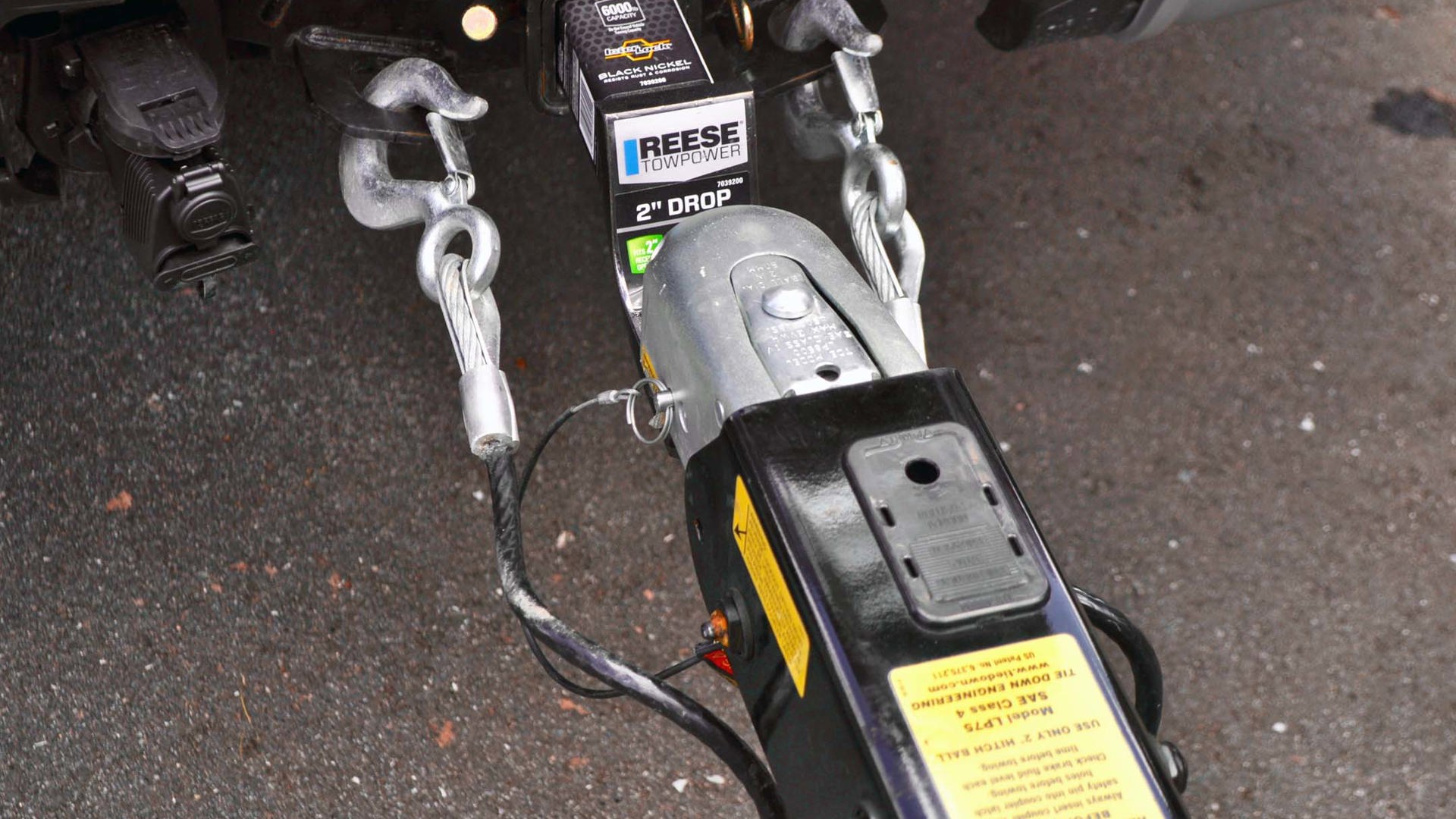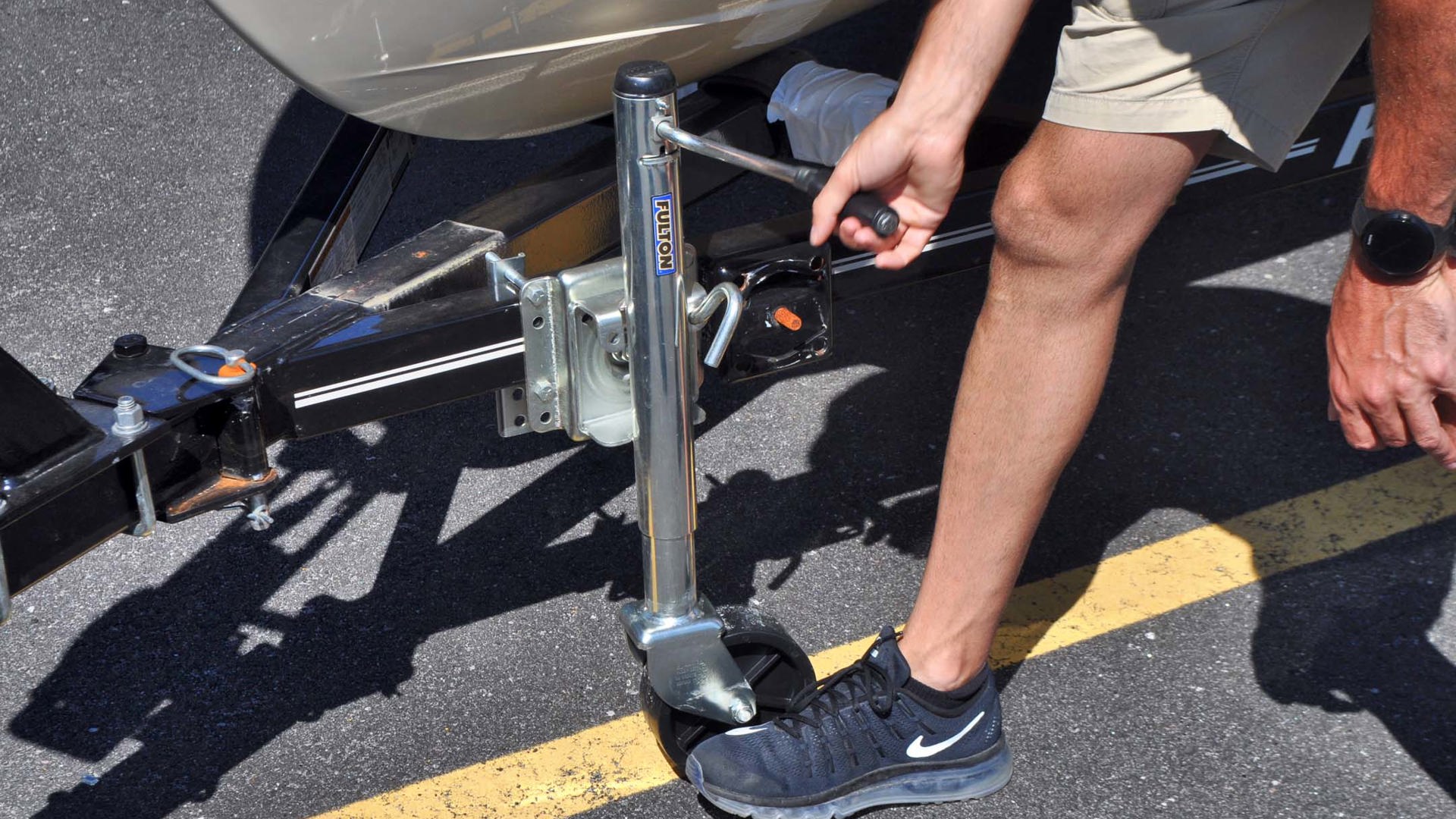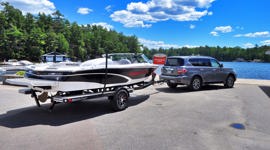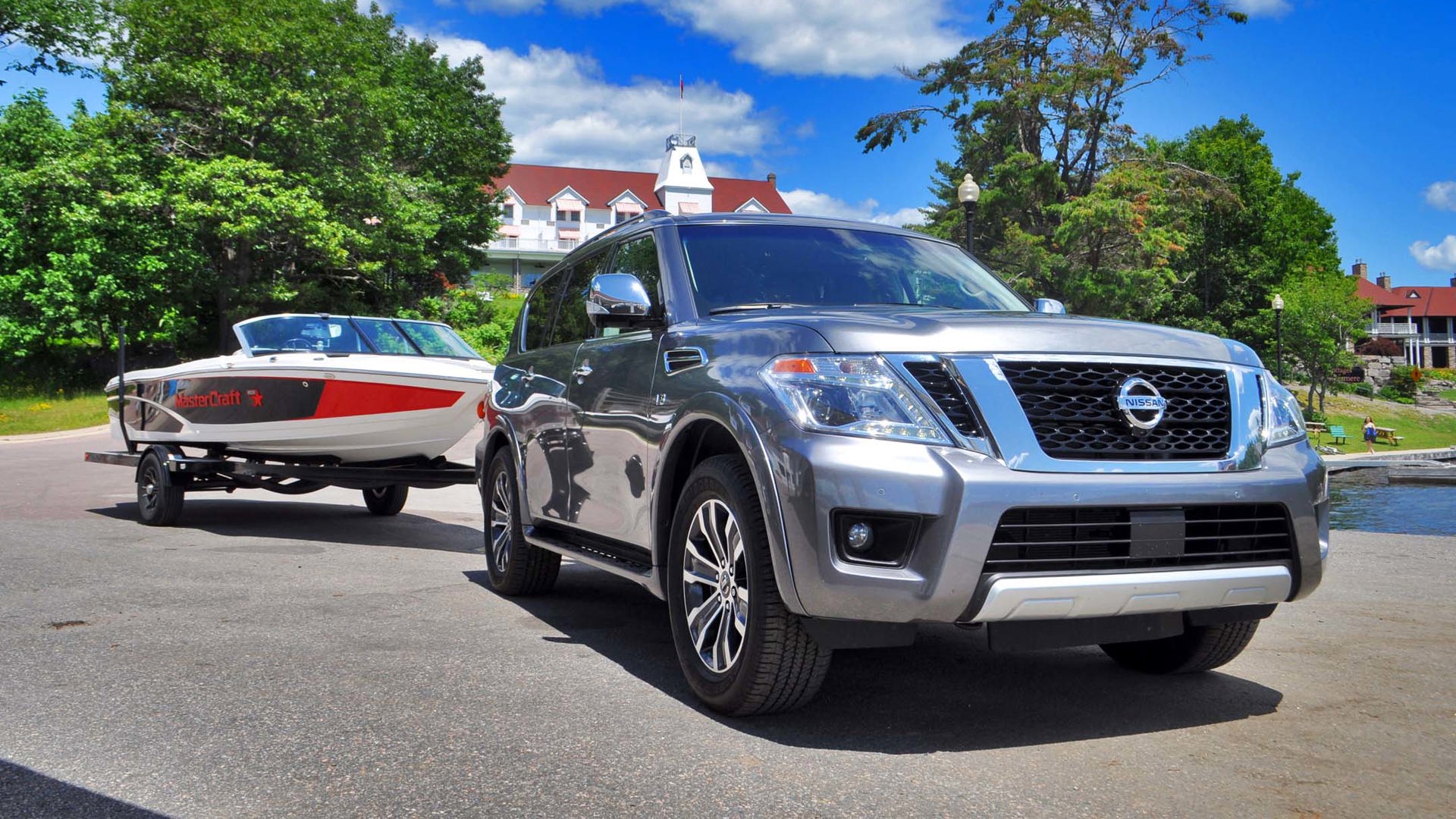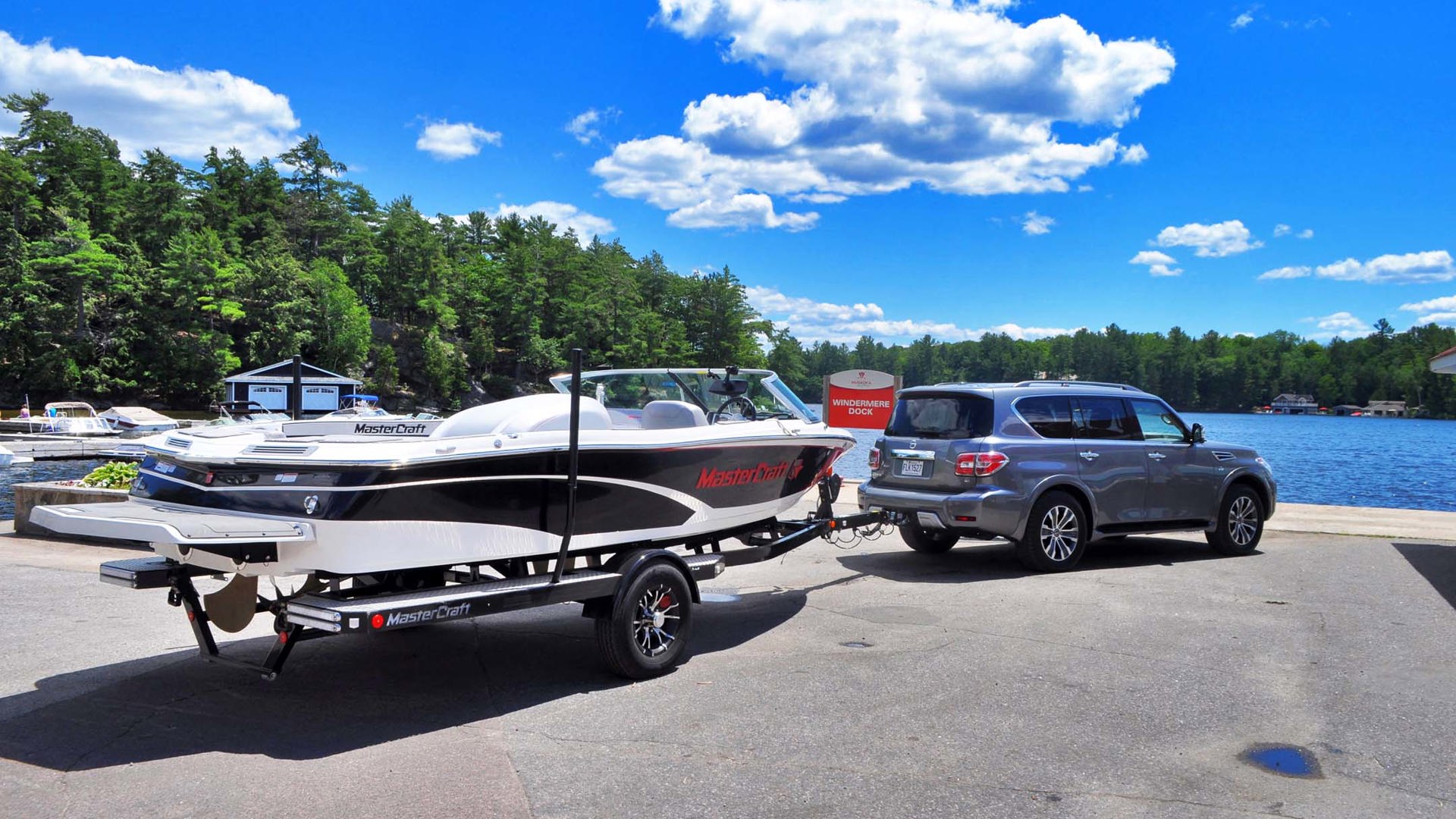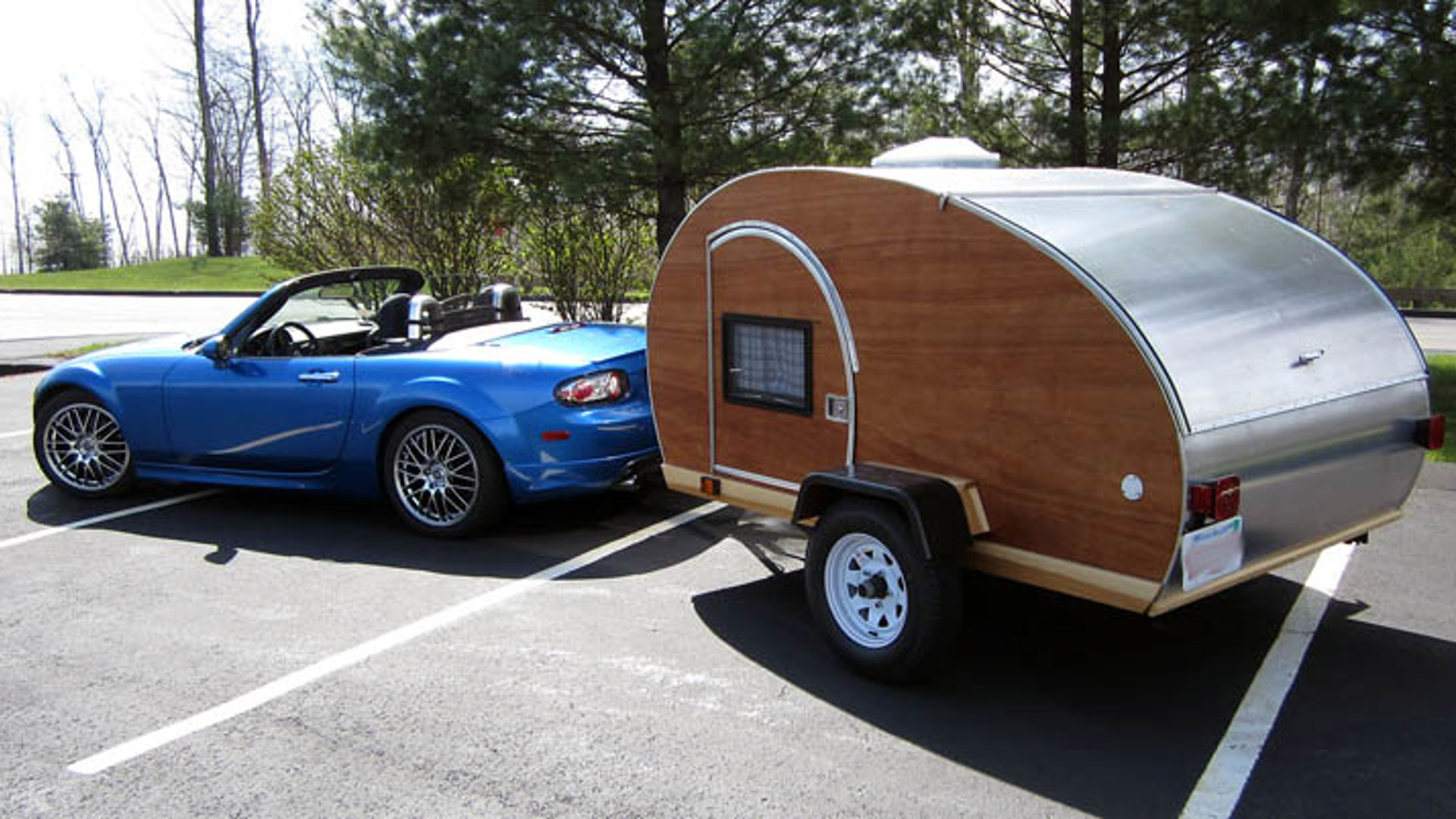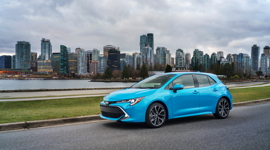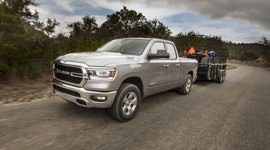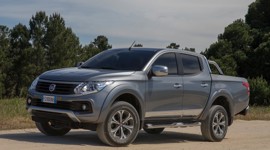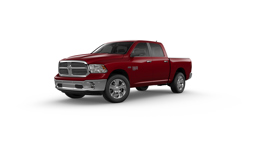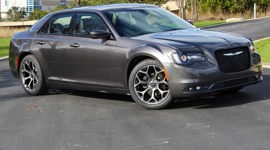As the weather warms up, more vehicles are going to be travelling with a trailer in tow. Whether you’re an amateur or an expert at towing, everyone can use a spring season refresher.
We recently arranged a Keystone Passport 2670 BH luxury travel trailer from Sicard RV in Smithville, Ontario. President Gary Sicard has been in the RV business for over 50 years, so he knows a thing or two about driving an RV and towing a trailer. With his help, we’ve outlined some guidelines below to ensure your summer adventures go off without a hitch.
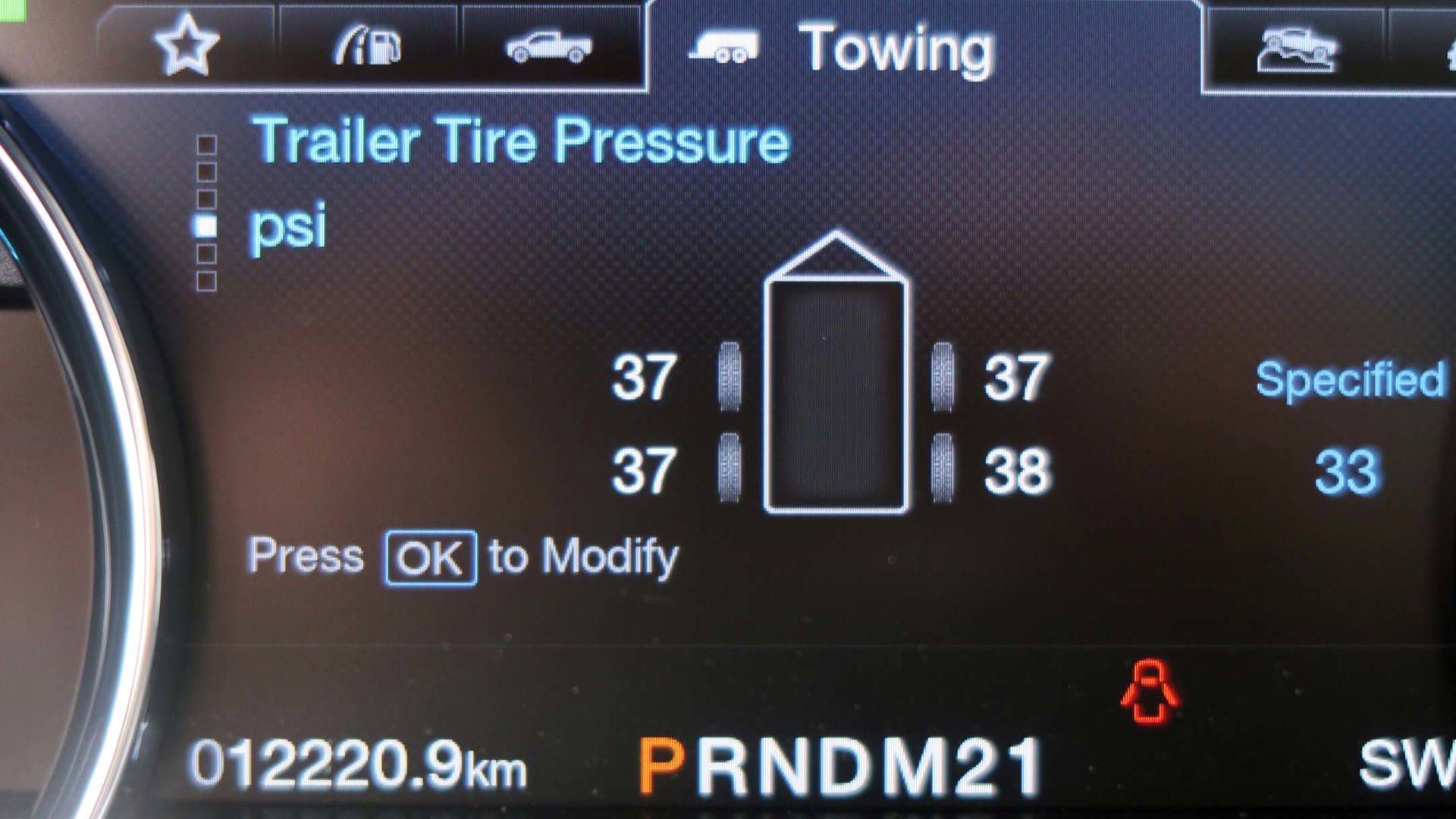
Pick the Proper Tools
Modern trucks like the Ram 1500 Sport offer smart trailer features and modes that make towing smooth and effortless. Regardless, ensure that both your trailer and the vehicle being used to tow it are in good working order and up to the task at hand. Be sure to reference the owner’s manual for your vehicle’s towing capacity and gross combined weight rating (GCWR), which refers to the total amount of weight allowed for your entire setup. This includes your vehicle, its occupants and cargo, as well as the trailer and its load. Don’t be that poor sap chugging along with the rear end of their vehicle sagging, with safety chains scraping the road. There’s always one.
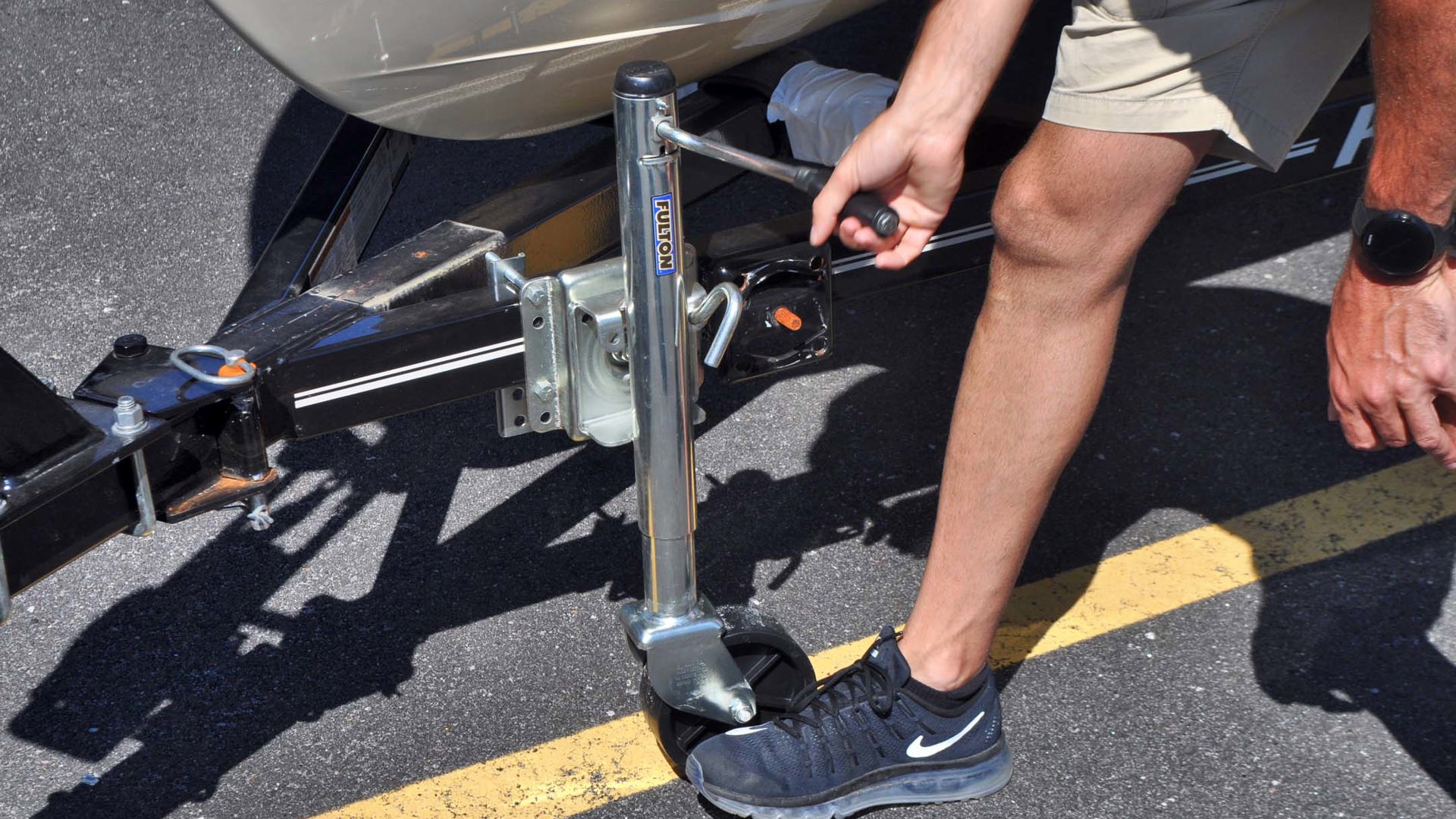
Trailer Inspection and Maintenance
It never fails. Every summer you will inevitably pass boat trailers and campers left stranded on the side of the road after experiencing a flat tire or seized wheel bearings. Recreational trailers are often treated poorly and left sitting idle outside in the elements to corrode for months on end, so ensuring that your load is roadworthy is crucial before setting off. It could not only save you money in the long run, but possibly also your family vacation. Possibly your marriage, too. Also check that the brake lights and turn signals are working.
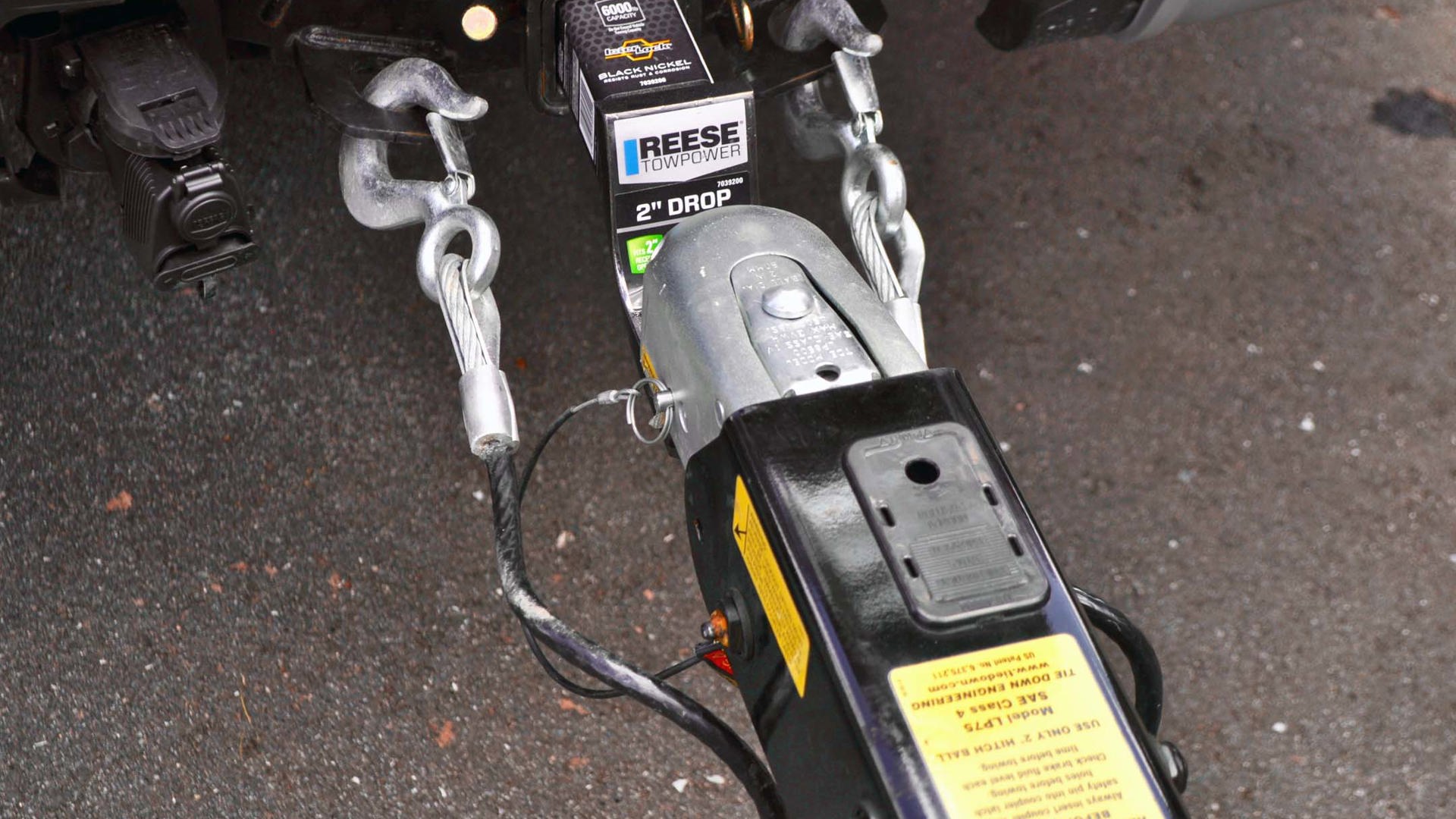
Getting Hitched
Appoint one spotter and have them stand in a location where they can be both seen and heard. Clear communication and proper directions will make backing up an easier task. Your vehicle may be equipped with a factory-mounted hitch, but if not, there are likely several options based on your vehicle, trailer, and needs. A weight-carrying hitch is recommended if the combined weight of the trailer and its cargo is up to 1,500 kg. Weight-distributing hitches are recommended for heavier loads that will apply significant pressure onto the tongue and hitch ball, which would throw off the balance of your towing setup and make handling difficult. Safety chains should be fastened in an “X” fashion in a manner that allows sufficient turning radius but aren’t dragging on the ground.
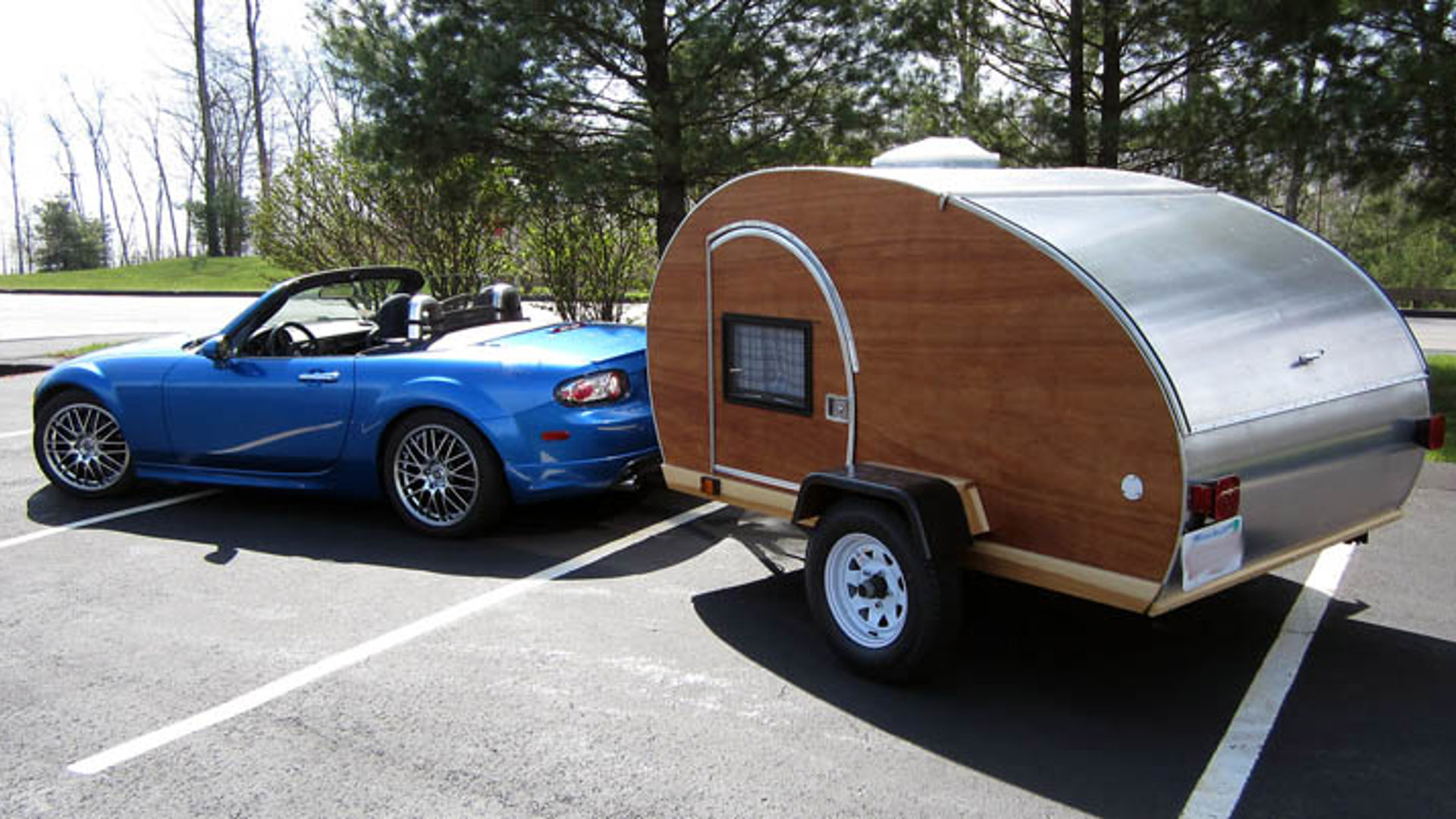
Secure Your Load
It is always better to err on the side of caution when fastening your cargo into place to ensure that it doesn’t throw off the balance of your vehicle or become a projectile. It is also important to check and then re-check once you have moved to ensure that the load has not shifted. It is best to secure heavier items to avoid having a high centre of gravity. Pack heavier items first and fasten them into place if possible to ensure they don’t move around. Weight should be kept low and over the axles of the trailer whenever possible to avoid throwing off the balance of the trailer.
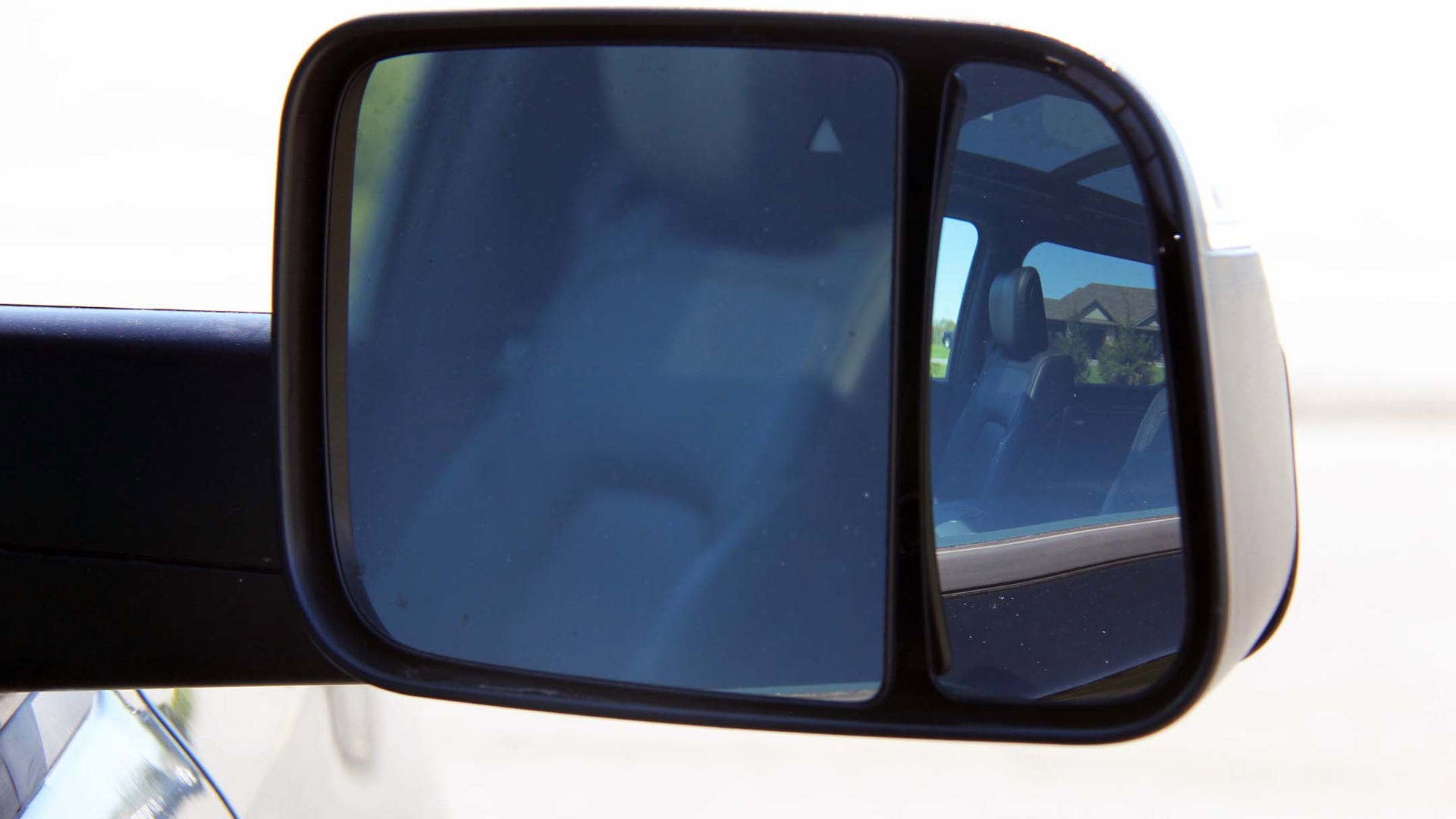
Take Your Time
It’s not a race. Nothing good will come from being in a hurry, so leave yourself extra time and space. Adjust your mirrors outward accordingly and explore the possibility of adding extending mirrors to increase your visibility. Learn the characteristics of your setup and become accustomed to your wider turning radius, signal early, and change lanes smoothly. Heavy rains or high winds can add danger, so plan your travels to accommodate or avoid weather delays, and adjust speed to respond to road conditions.
The added mass and weight of a trailer mean that it will take longer to slow down, stop, and manoeuvre. This requires the driver to anticipate potential issues before they happen and make the inputs necessary to steer clear of challenges. Allow more time to accelerate, merge, brake, and negotiate turns.
The additional weight and reduced aerodynamics of the load behind you will dramatically impact fuel economy, so plan your fuel station stops accordingly. Improved mileage can be achieved by manually adjusting gears, driving smoothly, and being gentle on the throttle.
